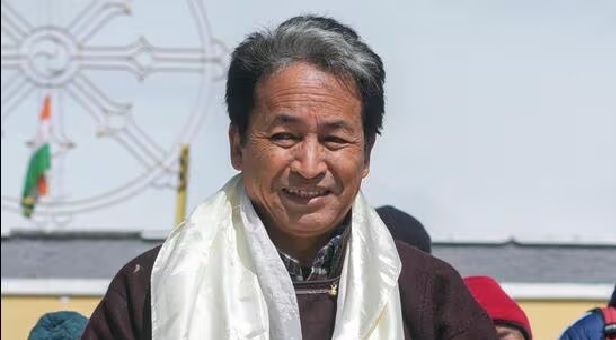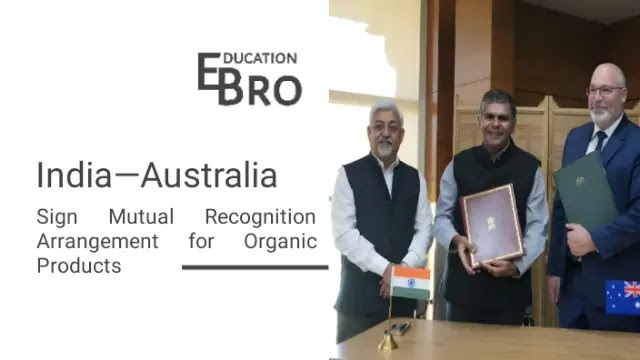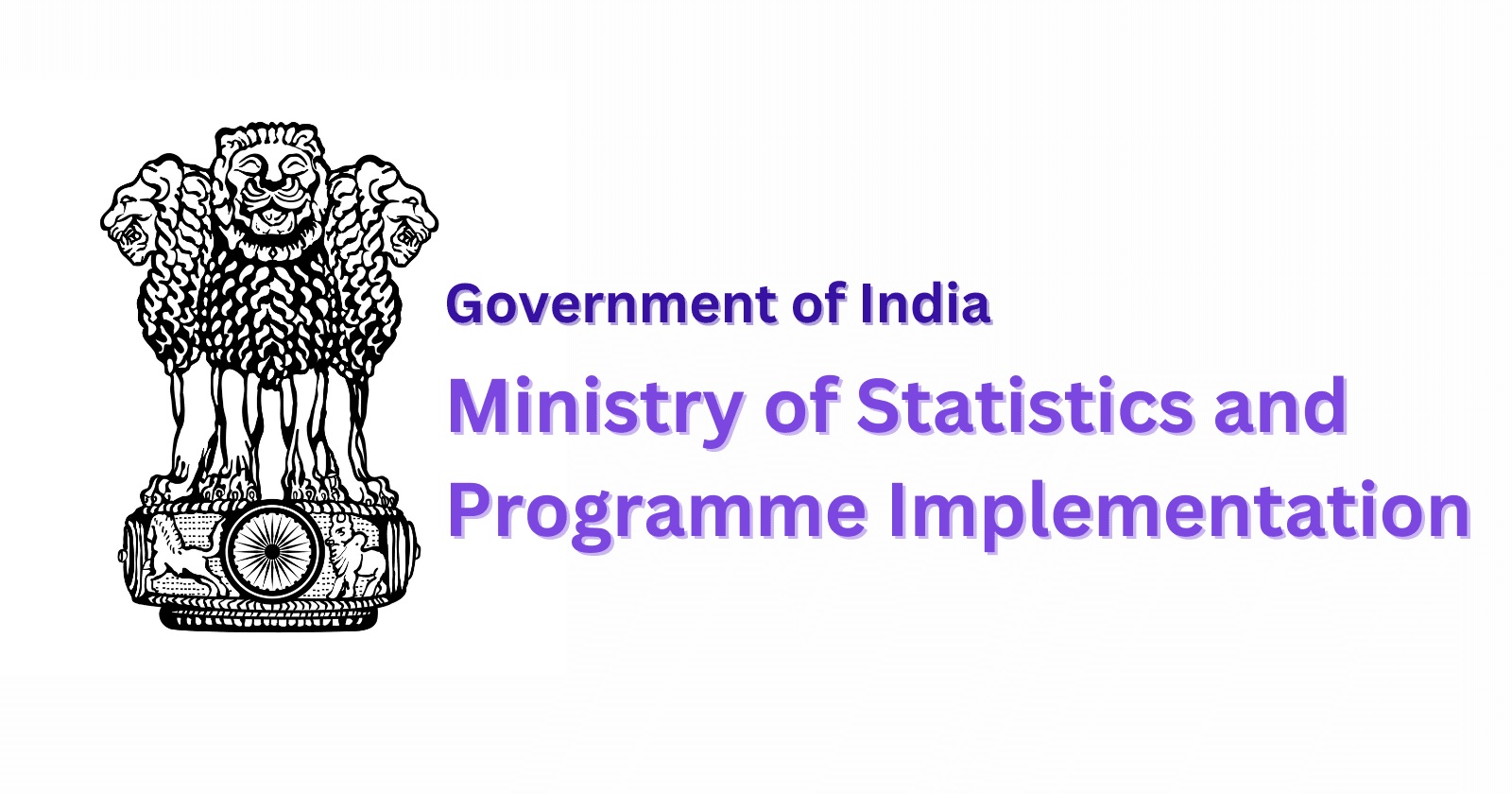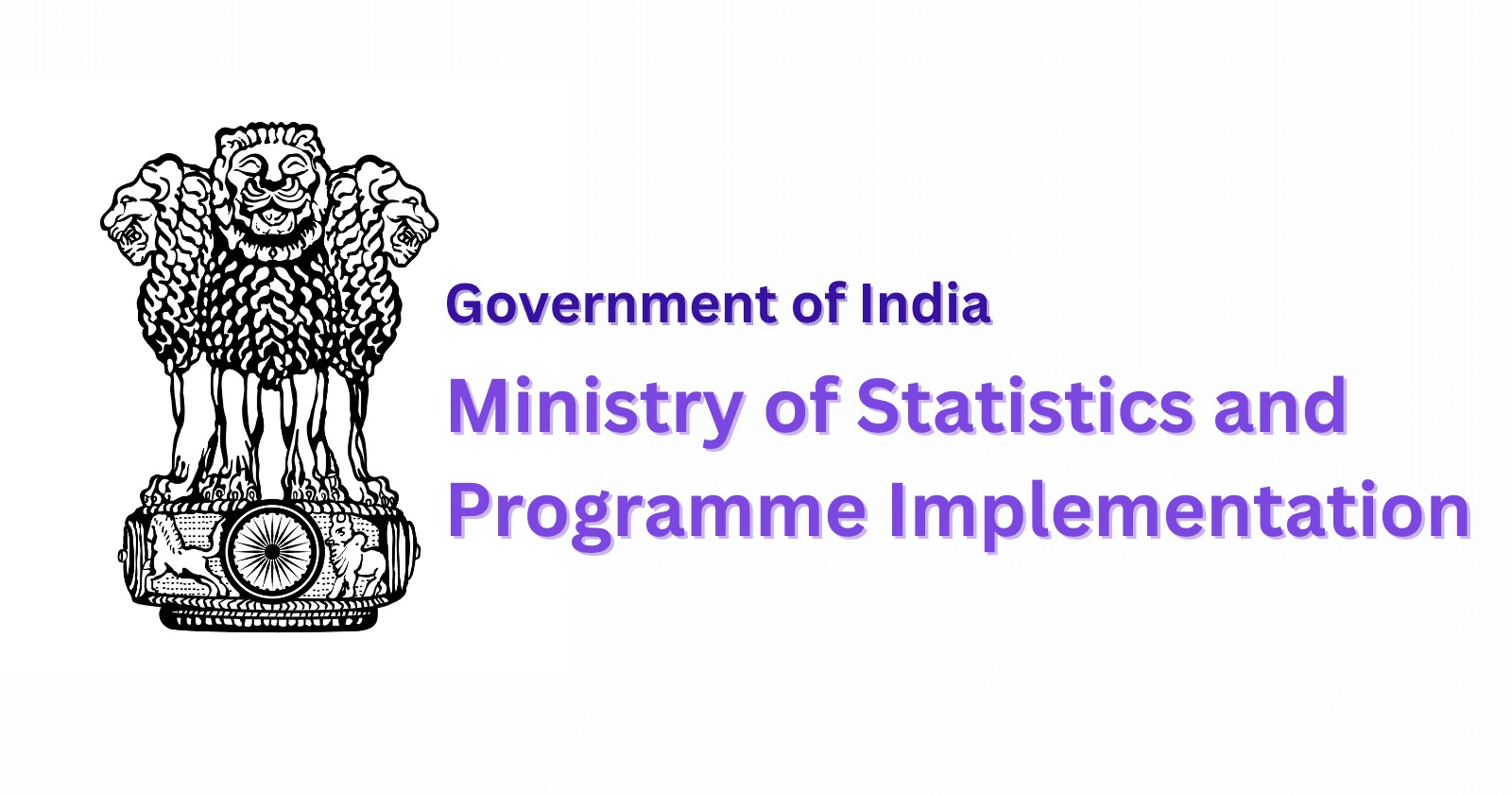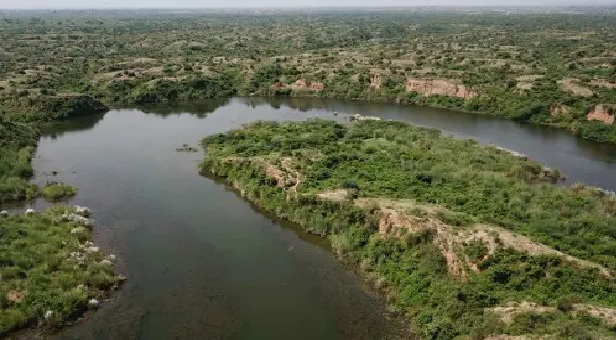Ladakh, which became a Union Territory after being
separated from Jammu & Kashmir in 2019, is once again in the
spotlight.Known for its unique ecology, culture, and geographical sensitivity,
the region has recently witnessed an upsurge in public protests demanding
constitutional protection under the Sixth Schedule and statehood.During this
movement, renowned climate activist Sonam Wangchuk was detained under the National
Security Act (NSA), sparking widespread debate and concern across the country.
Background
¨
After the abrogation of
Article 370 in 2019, Ladakh was carved out as a separate Union Territory.
¨
Local residents believe
that this change has weakened the protection of their land, jobs, and
traditional culture.
¨
They are demanding
inclusion under the Sixth Schedule of the Indian Constitution, similar to
certain tribal areas in Meghalaya, Mizoram, Nagaland, and Tripura, which enjoy
special autonomy.
Role of Sonam Wangchuk
¨
Sonam Wangchuk is a
renowned climate activist, innovator, and education reformer, best known for
initiatives like the “Ice Stupa” and the Himalayan Institute of Alternatives,
Ladakh (HIAL).
¨
He has consistently
advocated for sustainable development and environmental conservation in Ladakh.
¨
In recent months, he has
been leading the “Ladakh for Ladakhis” campaign, peacefully demanding
constitutional safeguards and local autonomy.
Detention and Controversy
¨
In late September 2025,
the Leh administration detained Wangchuk under the National Security Act (NSA),
1980.
¨
Authorities claimed his
protests could pose a threat to public order and security, while his supporters
called the move a violation of democratic rights.
¨
Environmental activists,
student groups, and civil society organizations across India have strongly
criticized the arrest.
Sixth Schedule
¨
The Sixth Schedule of the
Indian Constitution grants autonomous administrative and cultural rights to
certain tribal areas in Northeast India.
¨
It allows the creation of
Autonomous District Councils (ADCs), which have powers over land, resources,
and local governance.
¨
People in Ladakh are
seeking similar protection to safeguard their land and heritage from external
control and commercial exploitation.
Current Situation and the Way Forward
¨
The central government
has yet to take a clear stance on Ladakh’s demand for Sixth Schedule status.
¨
Opposition parties and
several environmental experts have urged the government to initiate dialogue
with local stakeholders.
¨
Many local groups in
Ladakh have announced that their peaceful protests will continue until their
demands are addressed.
Conclusion
¨
The issue of Ladakh is
not merely political; it is deeply tied to environmental, cultural, and
identity-based concerns.
¨
The detention of Sonam
Wangchuk symbolizes the growing frustration of the local people.
¨
It remains to be seen
whether the government will resolve this matter through constitutional dialogue
and democratic engagement.
